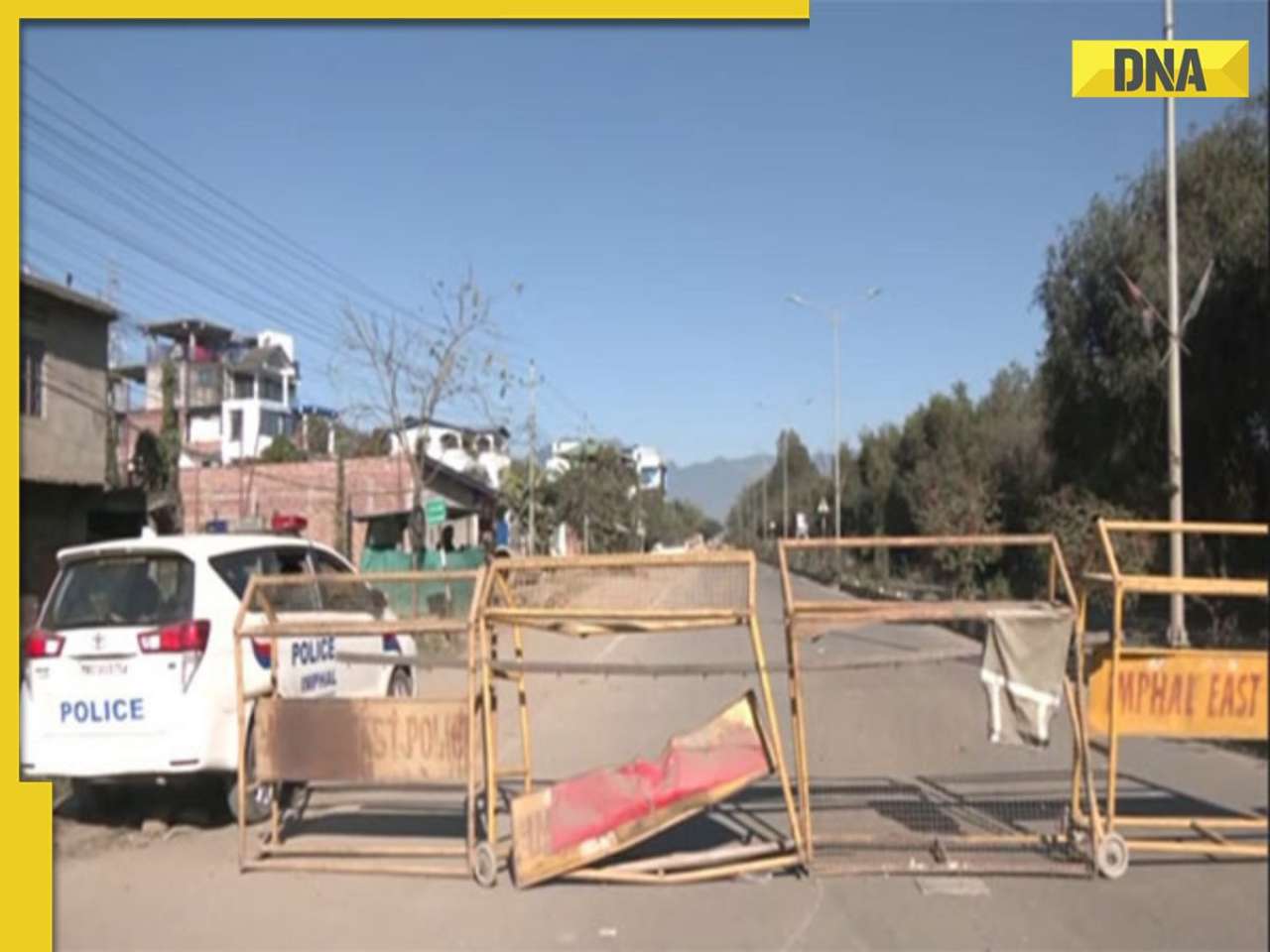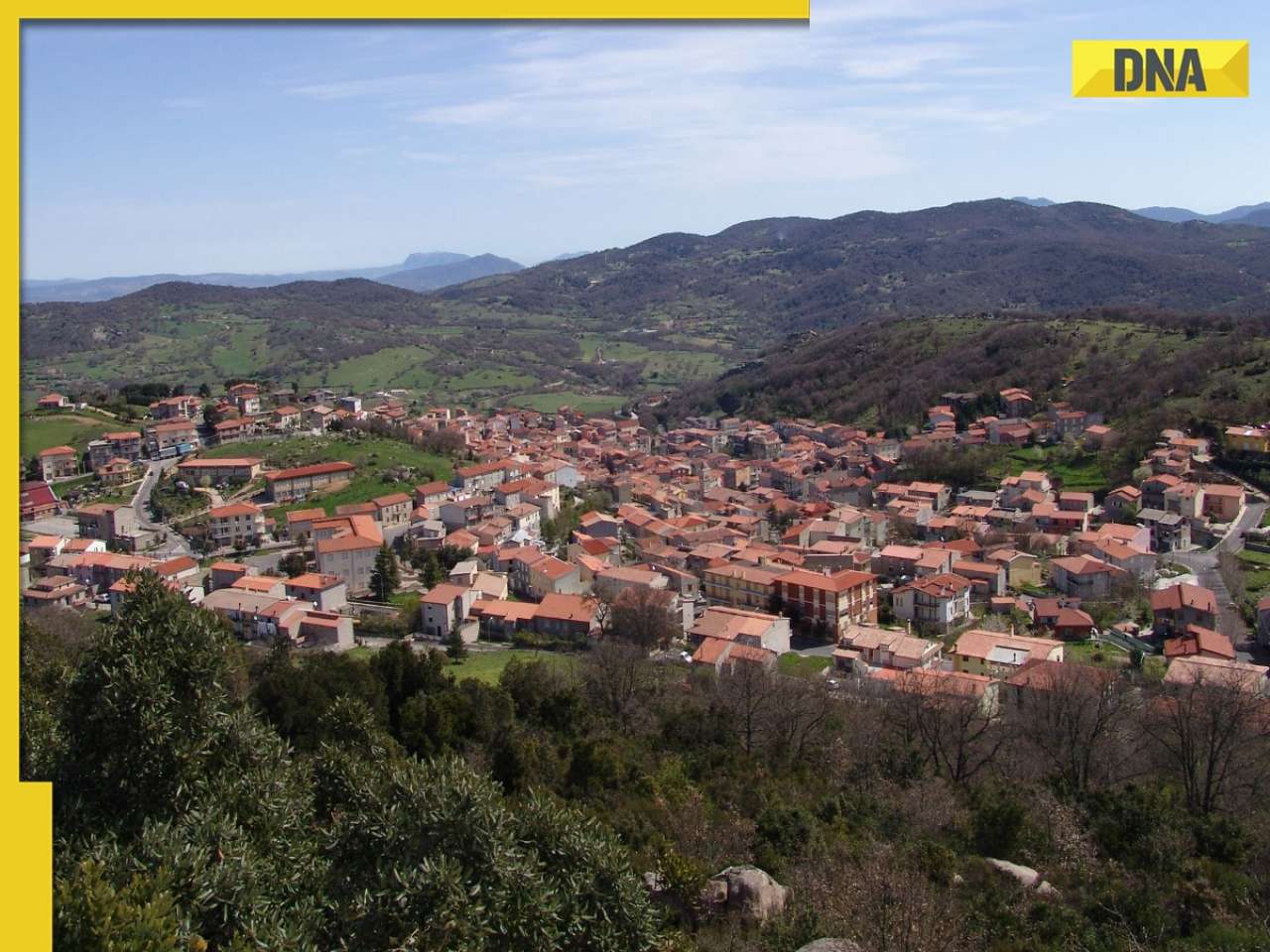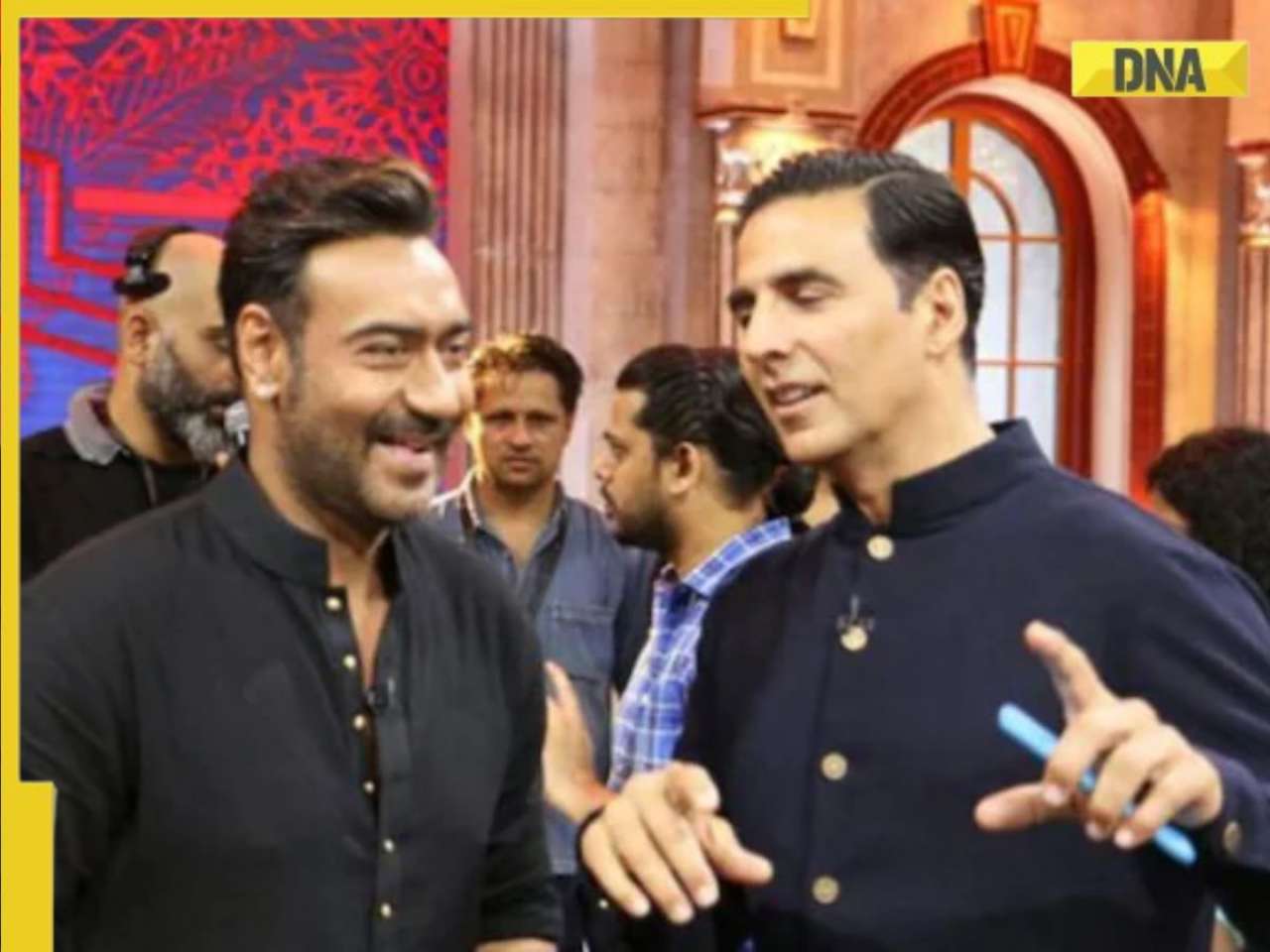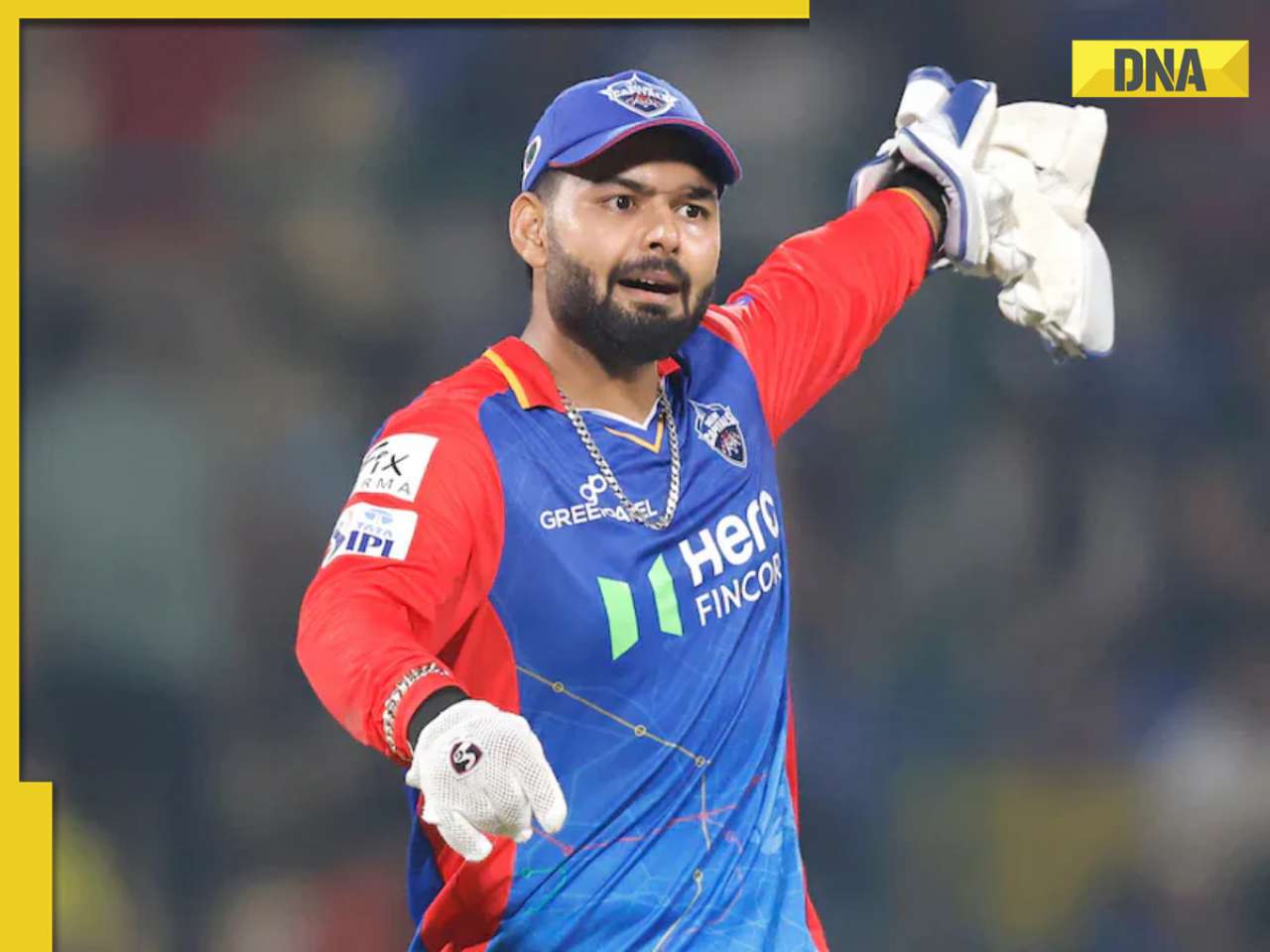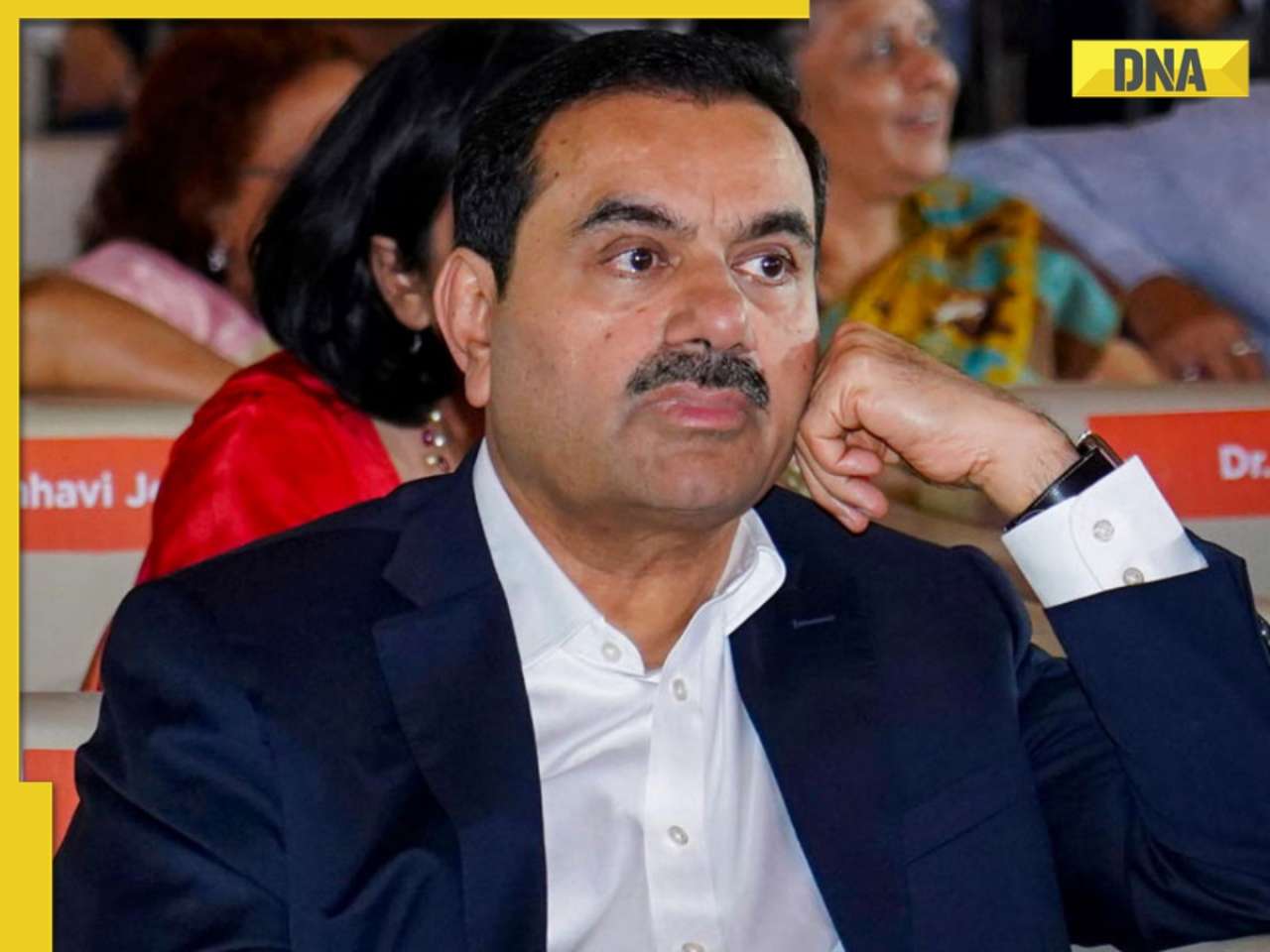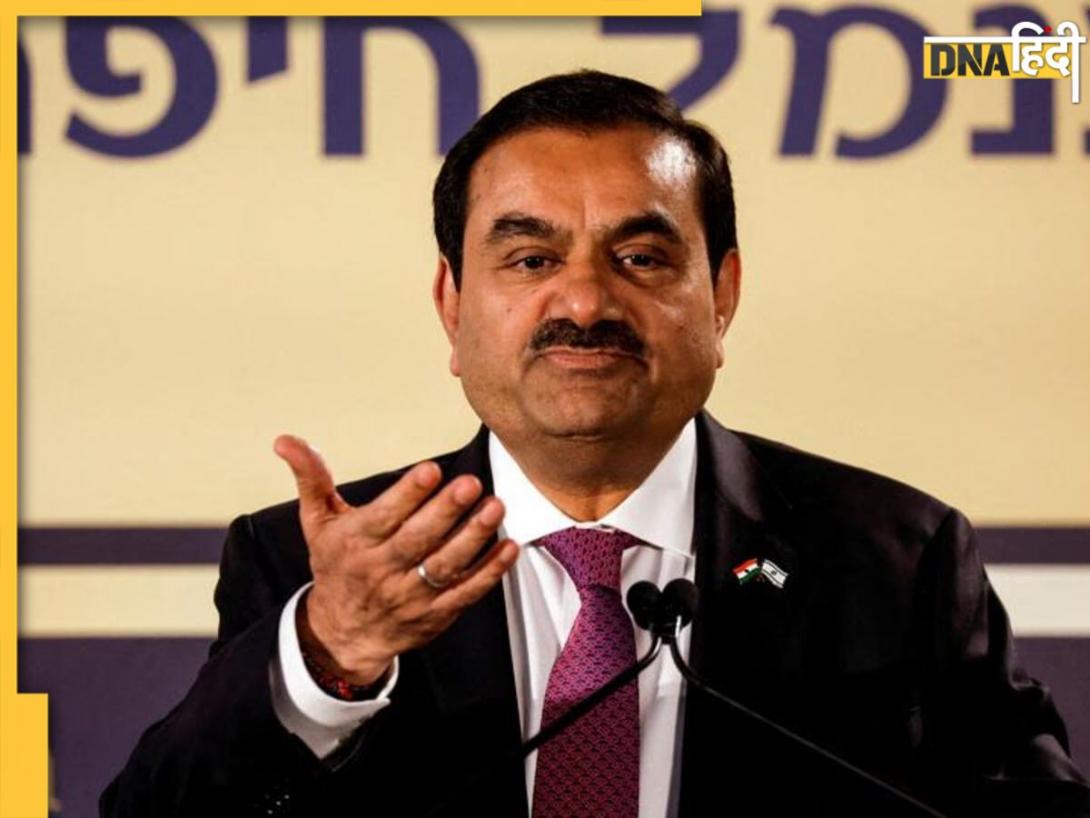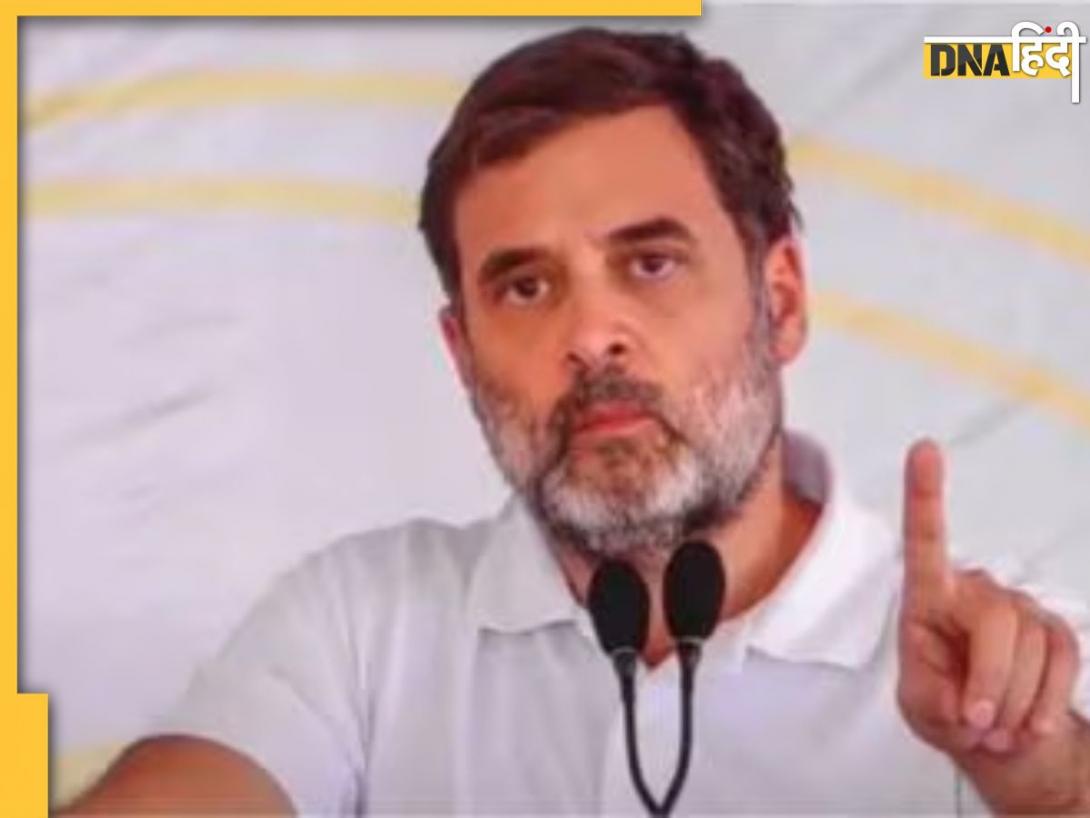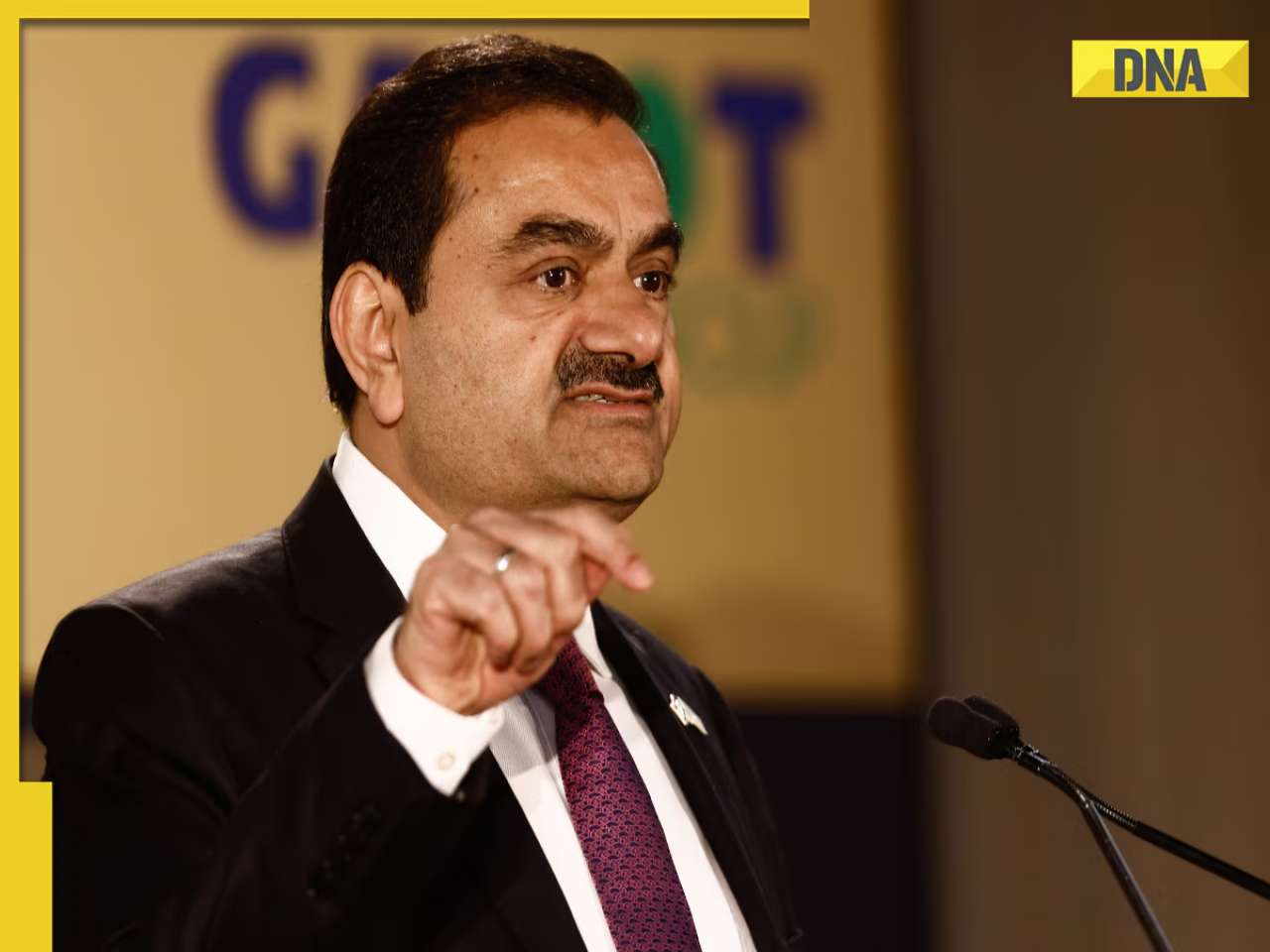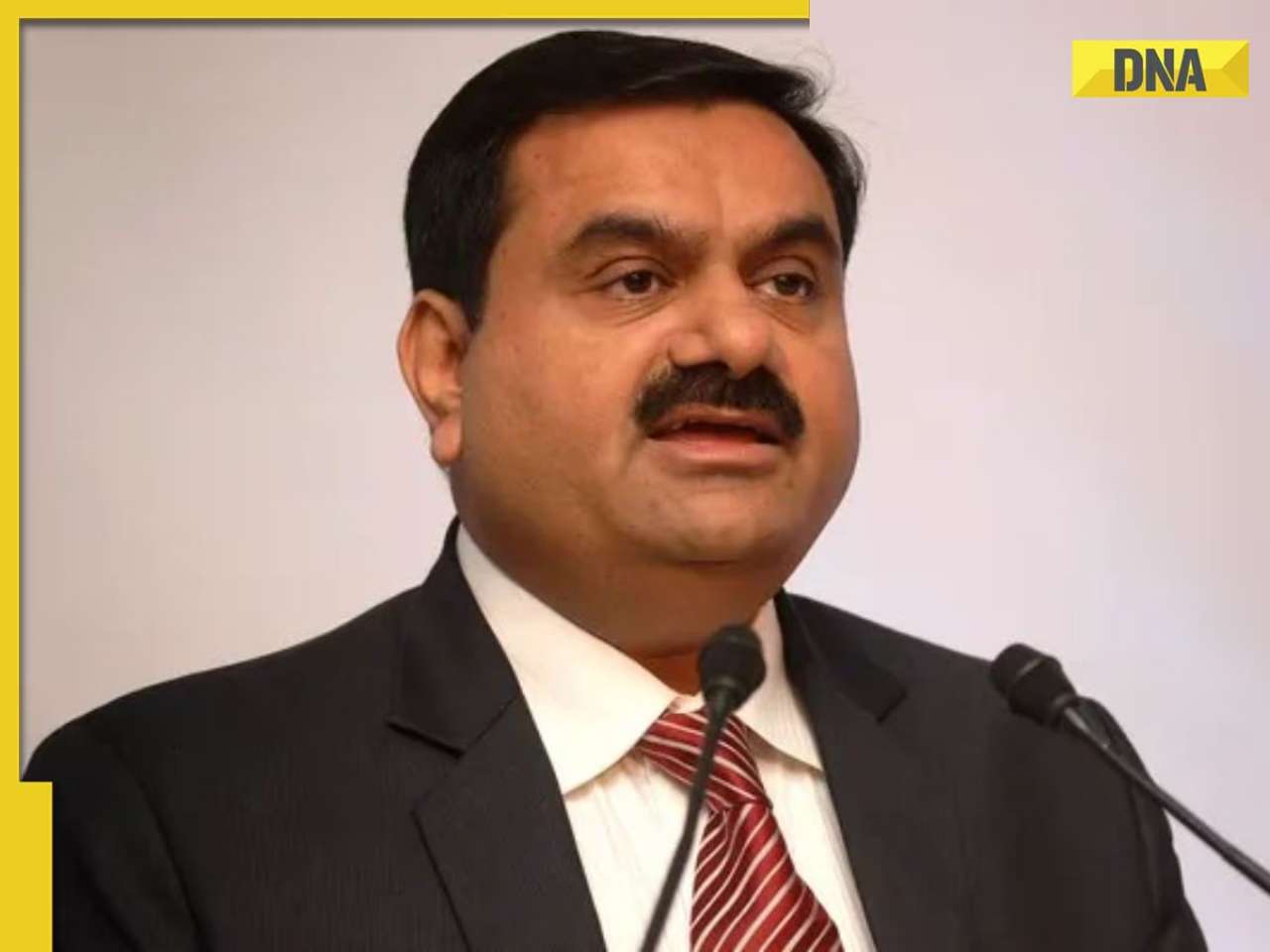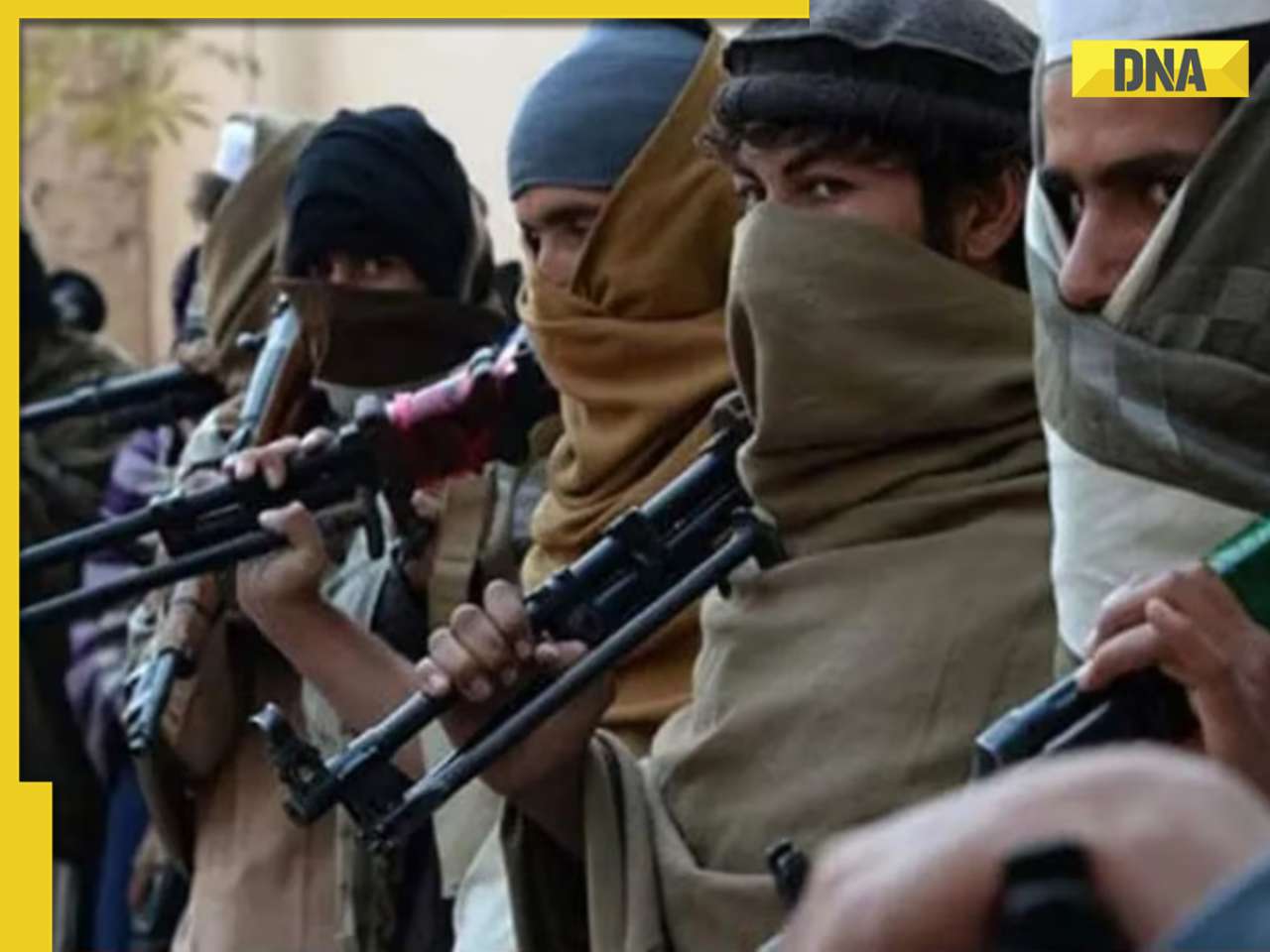- LATEST
- WEBSTORY
- TRENDING
LIFESTYLE
Marathi cinema flies high, leaves big brother Bollywood in its growth trajectory
With films like Court, Natsamrat and now Sairat, Marathi cinema has left behind big brother Bollywood in its growth trajectory. Yogesh Pawar reports on the resurgence in the industry, with films that are finding both commercial and critical success
TRENDING NOW
Whether in Andhra Pradesh, Tamil Nadu, Kerala, Karnataka or West Bengal, it's the local language that gets precedence over others. Until now, Maharashtra was the only state where this wasn't so. I'm happy to see this change," says Nitin Keni, CEO of Zee studios.
Keni was speaking about the success of Sairat, Marathi writer-director Nagraj Manjule's tale of forbidden, teenage love starring newcomers Rinku Rajguru and Akash Thosar, which has smashed box-office records and left many in a tizzy even in Bollywood.
The romantic drama raked in Rs75 crore in its first five weeks, the first time a Marathi film has made so much. And that amount is growing, surpassing box-office collections of recent hits like Natsamrat, Katyar Kaljat Ghusali, Timepass 2 and Lai Bhaari. "That it is still running even outside Maharashtra shows how word-of-mouth publicity continues to help," says a proud Keni. "While we hope to break into the Rs100 crore club, we're confident we'll make it to Rs90 crore."
Cultural and film historian Mukul Joshi calls it "the restoration of glory of the cradle of Indian cinema". According to him, this is the best time for Marathi films. "Why do you think Bollywood big-wigs want to now make Marathi films? Even they can't ignore when a film made on a budget of Rs2.5 crore makes 30 times that amount, and counting."
But he believes it is not about money alone. "What's happening in Marathi in the last decade is reminiscent of the mid-'90s, when Ram Gopal Varma (RGV)'s style of filmmaking introduced a new energy and grammar in Hindi films. Most of the talent like Anurag Kashyap, Chandan Arora, Nishikant Kamat, Sriram Raghavan and others were inspired by the RGV school of filmmaking."
He points out how Chaitanya Tamhane became the first Indian to join the likes of Steven Spielberg, Christopher Nolan and Richard Linklater when his film Court was screened at the festival organised by New York's Museum of Modern Art and the Lincoln Center in March this year. The film also won two Lions at the 71st Venice Film Festival and two Fédération Internationale de la Presse Cinématographique awards.
Cradle of cinema
The first Indian film released was the 22-minute Shree Pundalik by Dadasaheb Torne on May 18, 1912. A year later, on May 3, 1913, this was followed by Raja Harishchandra, the first full-length feature film by the father of Indian cinema, Dadasaheb Phalke. In the first few decades, most actors and filmmakers were bilinguals. Films were first made in Marathi and then dubbed in Hindi.
"The socially-themed films of the early black-and white era not only brought in pan-India elements in a nuanced manner, but remained fiercely rooted in local culture and narratives," says cinematographer and film director Sanjay Jadhav, best known for the 2013 hit Duniyadari.
"When films moved from mythology to social issues in the late '40s and '50s, most of them were bilingual. Right from what characters wore and how they spoke, there was a strong Maharashtrian flavour since films were made in Marathi first," adds Jadhav.
According to him, many pioneering directors like V. Shantaram were Maharashtrian but "consciously created well-crafted characters with a pan-Indian appeal."
Dark interregnum
After socials made way for historicals, there was a new entertainer on the block – Dada Kondke, who finds mention in the Guinness Book of Records for having the highest number of golden jubilee hits – nine! "Bawdy and crammed with double entendres, his films set a low benchmark for cinema with their box office success," says Joshi.
He laments how this created a trend of formulaic slapstick comedy, which continued well into the '90s and mid-2000s. "Even established actors such as Sachin Pilgaonkar, Mahesh Kothare, Ashok Saraf and later, Laxmikant Berde fell prey to this trend. What came in between were the horrific Alka Kubal tearjerkers."
Breath of life
Shwaas, the 2004 National Award winner which brought honour to Marathi cinema half a century after Shyamchi Aai (1953), was a breath of fresh air. "We took it to small villages, hiring marriage halls, school auditoriums and makeshift venues for screenings. Though Shwaas has no songs or recognisable stars, we were able to grow the buzz around the film," remembers director Sandeep Sawant.
India's entry to the Oscars lost out as it was ranked sixth. But Sawant remembers the way communities, school children and celebs like Amitabh Bachchan and Sachin Tendulkar came together to help raise funds for Shwaas' Oscar journey.
A journey that began with Shwaas in 2004 and Harishchandrachi Factory (2009) continues to this day, believes film critic Amit Bhandari. "Later, with Jogwa (2009), Fandry (2013), Killa and Elizabeth Ekadashi (2014) and Court (2015), Katyar Kaljat Ghusli, Natsmarat and now Sairat, Marathi cinema has not only been able to break free of the formulaic, but also proved that these projects can work with the masses," he says.
Big brother is watching
Big brother Bollywood seems to have been left far behind in this growth trajectory. "Bollywood is still a slave to the star system, which is averse to risk-taking," explains Bhandari. "Marathi films on the other hand are marrying the experimental with commercial success with aplomb."
Remember how an announcement by culture minister Vinod Tawde in April last year, that all multiplexes in Mumbai must compulsorily show a Marathi film on one screen between 6-9pm had upset Bollywood's big movie moguls? "Since the decision (later rescinded) only asked for one screen, the hullaballoo smacked of fear about Marathi cinema," adds Bhandari.
"Natrang (2010) had given even biggies like Avataar and 3 Idiots a tough fight for revenue. It earned Rs7 crore in a three-week run. Overall, Marathi films earned Rs20 crore in the first quarter of 2010, outperforming Bollywood in both box-office collections and critical acclaim. Natrang, Mahesh Manjrekar's Shikshanachya Aaicha Gho and Paresh Mokashi's Harishchandrachi Factory themselves collected more than Rs16 crore at the box office!"
Most theatre and multiplex owners who would either make up numbers or simply allot early morning slots to Marathi films are now having a rethink. The owner of the largest multiplex chain – late actor-filmmaker Smita Talwalkar had once complained to this writer about him offering an 8am slot and expecting her to feel 'grateful' – today anonymously gushes about Marathi cinema. "With the Hindi, it's always a gamble. We're often left holding the baby. Slowly and steadily, Marathi films have begun to inspire more confidence about not losing money."
Too much of a good thing?
In March-April 2013, a box-office slugfest between 20 films releasing in a month emerged as the biggest crisis for Marathi cinema. With over Rs50 crore riding on them and none of the biggies associated backing down, it seemed inevitable that the face-off would bleed an industry still emerging from decades of a rut.
Film critic Bhandari remembers how six films were slotted for release in April 2013. "After IPL began, big Hindi films began avoiding April-May. The multiplex owners and Bollywood stand-off led to a windfall for Mee Shivajiraje Bhosale Boltoy (2009) and the die was cast. Everybody and his monkey now wants their film to release in this slot."
Sanjay Chhabria, MD of Everest Entertainment, which produced Aajcha Divas Maajha, says such tussles can take Marathi films back by a decade. "After a long struggle to break away the farce-parody-tear-jerker formula, Marathi films are getting both mass and critical acclaim. Such crises can singe everyone."
Unlike Bollywood, Marathi films struggle from the fund-raising step itself. While the government gives grants depending on gradation by a state-appointed panel, this is rarely more than Rs30 lakh. The grants also create a crowd of also-rans. "The state culture department needs to re-look at its grants policy for films, otherwise it's counter-productive," says Bhandari.
Prasad Surve, president of the Akhil Bhartiya Marathi Chitrapat Mahamandal, says filmmakers and producers have finally realised that a Marathi film needs a minimum window of two weeks. "We don't have a star system or a season/festival factor (Eid, Diwali, etc). Our films depend more on word of mouth. Collections of all big hits show that the second and third weeks gross higher than the first."
Looking ahead, filmmaker Mahesh Manjrekar says, "Marathi cinema has become synonymous with good cinema in recent times. Whether Kaaksparsh, Natsamrat or Sairat, the subject and treatment is so different. In a sense, each of our projects pushes the envelope further and thinks of something unique and different." With the increase in the number of quality Marathi films that have found an audience not just in the state but outside too and its continuing successes, Marathi cinema is all set to soar higher and better its records.
********
All about firsts
At the first public showing of a film ever at Bombay's Watson's Hotel on July 7, 1896, Harischandra Sakharam Bhatwadekar was present. Keen on making a film, he shot the public reception at Girgaum Chowpatty for RP Paranjpye, the first Indian to achieve the coveted title of 'Senior Wrangler' at the University of Cambridge in December 1910, making it the first Indian topical short film.
Box office clashes
Marathi and Bollywood films have long clashed, and Marathi has been steadily giving a whooping to the latter. The year 2007 was one such, when Sade Made Teen (2007) had taken the mickey not only out of De Dhana Dhan Goal, but also ate into the revenue of Madhuri Dixit's comeback Aaja Nach Le, Om Shanti Om (Deepika Padukone's debut opposite Shah Rukh Khan) and the Kareena Kapoor-Shahid Kapoor starrer Jab We Met. The next year in May, De Dhakka gave a big dhakka to Amitabh Bachchan starrer Bhootnath and Don Muthuswamy. A month earlier, Ek Daav Dhobhi Pachchaad had broken into the collections of Aamir Khan-starrer Ghajini.
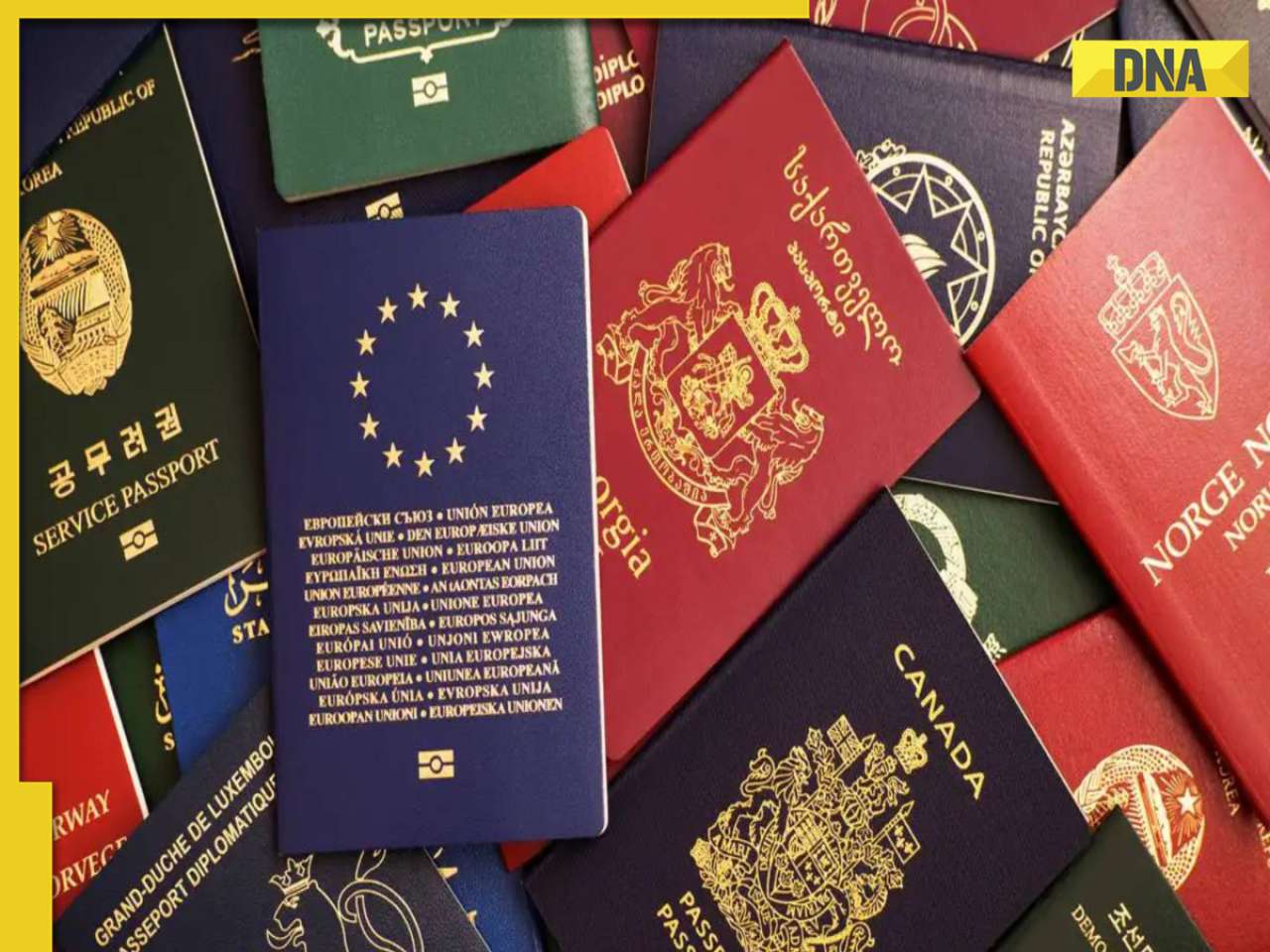

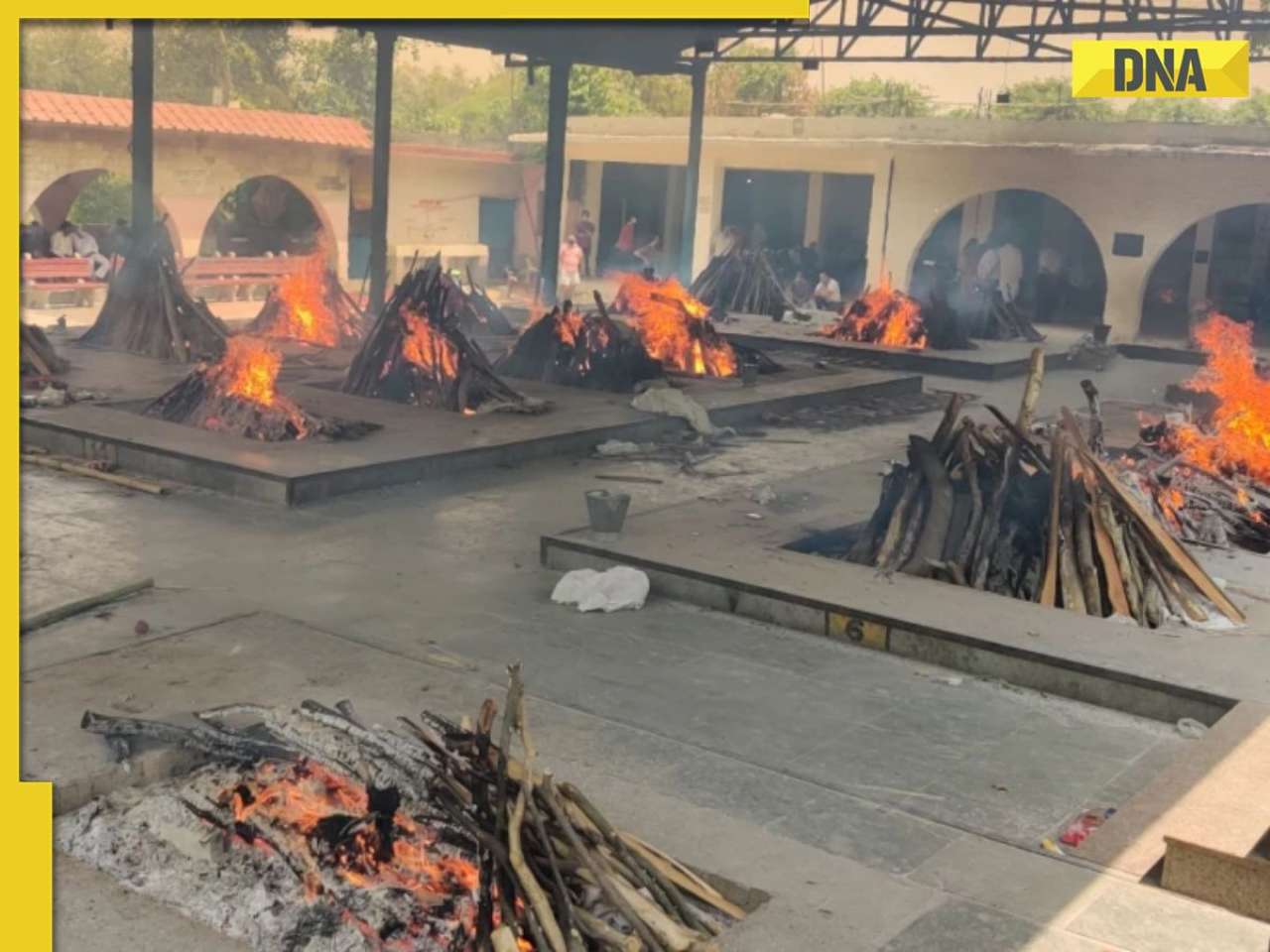




)
)
)
)
)
)
)
)
)
)
)
)
)
)
)
)





